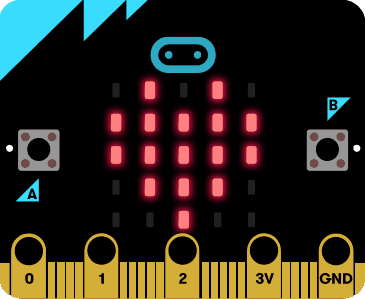Week 5 - Augmented Reality in Education
- Eva Kostopoulos
- Mar 20, 2023
- 2 min read
Updated: Apr 12, 2023
Augmented reality (AR) can immensely improve the way in which students learn aspects of topics within school whilst fostering creativity. AR allows students to access available information at the exact time and place of need by overlaying media onto the real world, (Bower et al., 2014). With incorporating AR into lessons, students engage with the hands-on technology and provide positive effects on their learning attitudes and contribute their learning relevance to their everyday lives (Jerry & Aaron, 2010, as cited in Bower et al., 2014). A key example which utilises AR perfectly for educational purposes is Virtuali-Tee by Curiscope.
Images from Eva Kostopoulos
The interactive and real-world application of Virtuali-Tee provides for students to explore the human bodythrough AR in a 3D aspect. By downloading the free application Virtuali-Tee by Curiscope on a smart device, and scanning the provided t-shirt allows for the exploration of the human body in a tangible way for students to learn. There are multiple different features and tools to use, such as; a heart tracker, unlocking simple diagrams of realistic stimulation, information on the multiple body systems, as well as multiple science resources through their website.
Fostering Creativity in the Classroom:
Found through multiple studies, AR can be beneficial and aid in enhancing teaching and learning as it covers various pedagogical approaches (Johnson et al., 2010; Shelton, 2002, as cited in Bower et al., 2014), these include aspects of constructivist, situated, games-based, and enquiry-based learning. The personalisation and endless creative options that AR provides, encourages students to apply the information that they learn in different experiences.
The PDHPE Stage 6 Preliminary Course (NSW Education Standards Authority [NESA], 2012, p.10) focuses 30% on ‘The Body In Motion’ which highlights the skeletal, muscular, respiratory and circulatory systems. As this is a major topic to cover, in introducing this topic to the older students, Virtuali-Tee would be a perfect way to utilise AR in the classroom.
Access a short tutorial on the features of Virtuali-Tee!


Scan the QR with the target image ready to scan!
(Curiscope, 2017)
Pedagogical Critiques:
Implementations of AR, particularly Virtuali-Tee, in the classroom could be the overarching issue of distraction and limited resources. The theme of distraction is a major limiting factor as students may use their engagement with the technology in more of a notion of fun and playing rather than implying and gathering information. As it is an immersive experience, teachers should focus on planning and preparing the lesson to gather outcomes that come from the technology. Further, the limitation of limited resources is in regards to the cost and accessibility that some schools may not be available to accommodate for.
Images from Eva Kostopoulos
References:
Bower, M., Howe, C., McCredie, N., Robinson, A., & Grover, D. (2014). Augmented reality in education – cases, places and potentials. Educational Media International, 51(1), 1–15. https://doi.org/10.1080/09523987.2014.889400
Curiscope. (2017). Curiscope Virtuali-Tee: Bring Learning to Life with this Augmented Reality T-Shirt. YouTube. https://youtu.be/Z19NV4wsw2M.
NSW Education Standards Authority [NESA] (2012). Personal Development, Health and Physical Education Stage 6 Syllabus. NSW Education Standards Authority (NESA). https://educationstandards.nsw.edu.au/wps/wcm/connect/218e2038-fb2e-423e-bda2-02cad4f7ad14/pdhpe-st6-syl-from2010+PDHPE.pdf?MOD=AJPERES&CVID=





















Comments